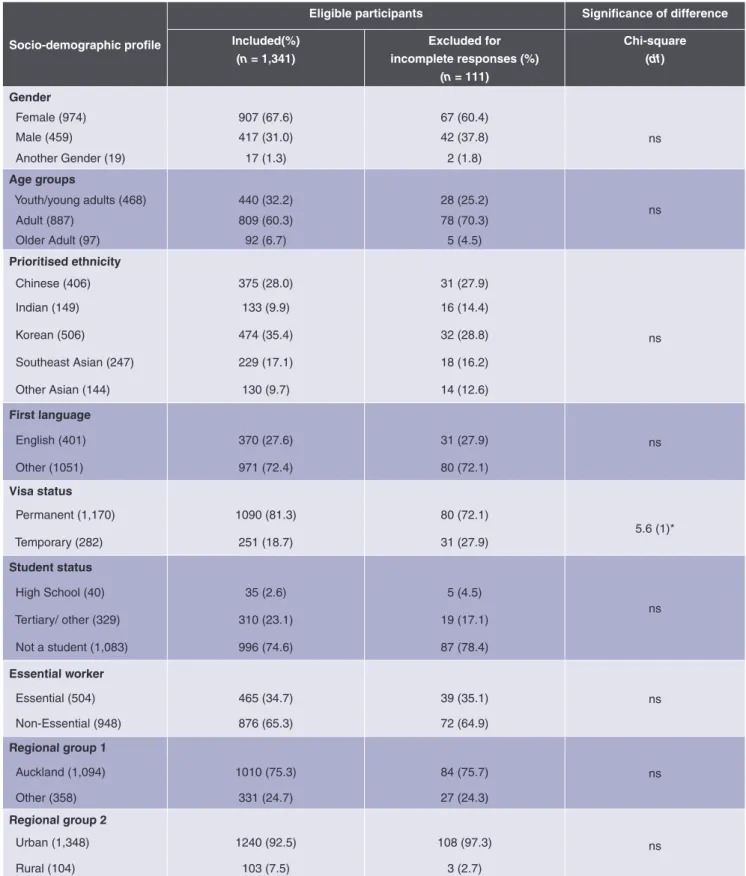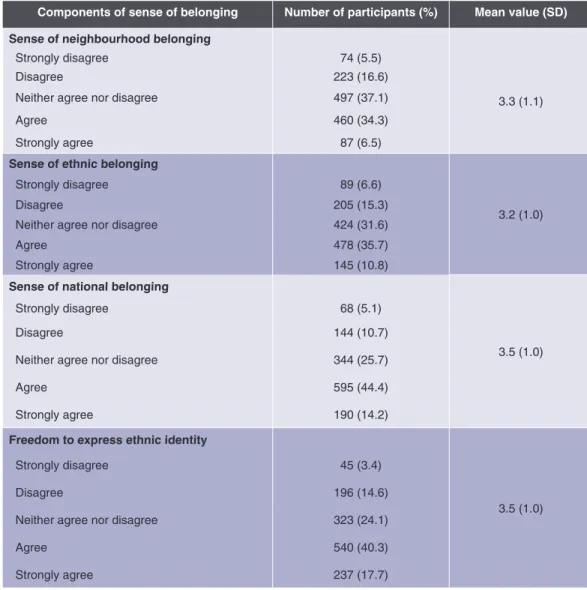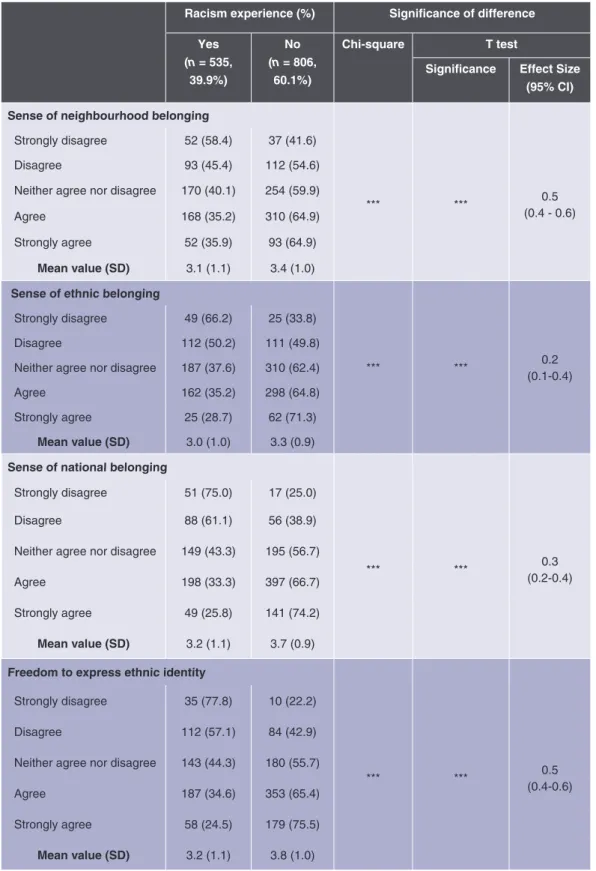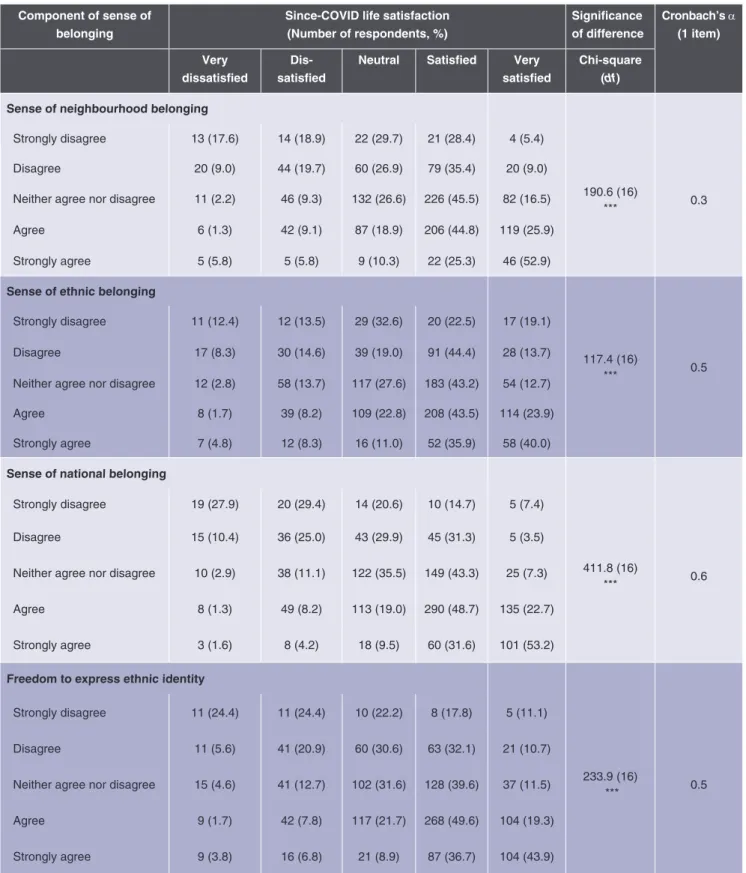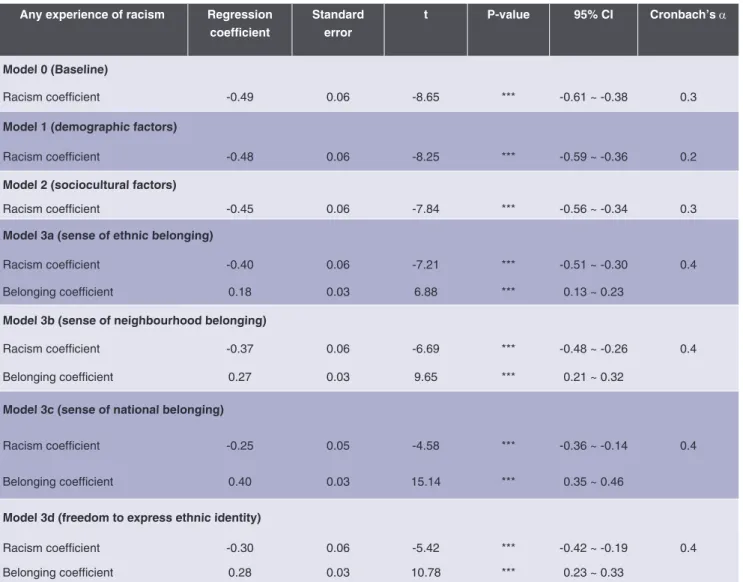INTRODUCTION: Spurred by critical reviews of Oranga Tamariki – Ministry for Children, the statutory child protection agency of Aotearoa New Zealand, and the growing calls for services delivered “by Ma¯ori, for Ma¯ori, with Ma¯ori”, the New Zealand Government taking important steps towards transferring responsibility for supporting the welfare of tamariki, rangatahi and whanau Ma¯ori from the Crown to Iwi and Ma¯ori social service providers. The five themes of Whakamana, Aro ki te hā, Whakapapa, Whanaungatanga and Pono are described as the pou: the fundamental underpinnings of both good practice and good partnerships.
QUALITATIVE RESEARCH
The takepū Kanohi kitea refers to the centrality of the "seen face" - the importance that kaimahi place on partner organizations meaningfully engaging with Māta Waka through ongoing, open and mutually respectful dialogue, communication and mutual learning. Accordingly, Walker (2004) concluded, "the desired partnership envisioned by 'Puao-te-ata-tu', the articles and principles of the Treaty of Waitangi and the focus on Māori which for Māori care as intended by the Children, Young Persons and their Families Act 1989 was not manifested" (p. 162).
ABSTRACT
This article introduces the research design of a research report completed in 2019 that explored collaborative bicultural social work in Aotearoa New Zealand as part of a Master of Applied Social Work degree with Massey University. The purpose of this article is to focus on the method, methods and reflections of the approach used.
THEORETICAL RESEARCH
Te Reo Māori - Ti Pagsasao a Maori Te Tiriti o Waitangi - Ti Tulag ti Waitangi. Dagitoy a nadumaduma nga interpretasion ket mangipakita ti kinarikut ti bikultural nga aramid ken mangipaganetget ti impluensia ti bikultural nga aramid.

Utilising literature and systems theory to explore the intersections between
Social work contributions are crucial to achieving age-targeted care and equitable palliative care outcomes for older adults. Current strategy documents that discuss the palliative care needs and aspirations of older adults do not reflect the voices and perspectives of this community (Castelli Dransart et al., 2021). Aotearoa New Zealand palliative care practitioners are encouraged to engage with Mauri Mate, a Māori Palliative Care Framework for Hospice (Totara Hospice et al., 2020).
Unequal access to palliative care for LGBTQ+ older adults is associated with marginalization within research, legislation, and policy development (Fenaughty & Pega, 2016; Kemery, 2021; . Kortes-Miller et al., 2018). Caregivers, family, and any disparity in access to palliative care adversely affects caregivers of older adults. Access to palliative care information and knowledge has been shown to reduce caregiver distress and increase positive end-of-life experiences among families of older adults (Wong et al., 2022; Yang et al., 2012).
New Zealand's third way political system that prioritizes reducing the cost of palliative care to the state (Cheyne et al., 2011; Gott et al., 2015; Payne, 2014).
Social work disaster practice: Enhancing skills, community connections, and external
Social workers are guided by the global definition of social work and the values enshrined in the Code of Ethics, both of which emphasize empowerment, respect for diversity, enhancing well-being and challenging injustice (ANZASW, 2019; IFSW, 2014). In New Zealand, the profile of social work disaster practice has been shown to be limited (Hay & Pascoe, 2021), yet there is considerable evidence of the involvement of social workers in the various phases of disaster management (e.g. Maher & Maidment, 2013 ; van Heugten, 2014). Both individual social workers and the wider profession, including Schools of Social Work and professional organizations such as the Aotearoa New Zealand Association of Social Workers (ANZASW), are encouraged to improve qualifying curricula, continuing professional development opportunities and relationships with key disaster management organisations.
An improved relationship between NEMA, local civil defense groups, social workers and the social work profession was recommended by all participants. Social workers will advance their knowledge of emergency response, and civil defense and emergency personnel can expand their understanding of the breadth and importance of social work practice. Social work practitioners and human service professionals in the 2016 Alberta (Canada) wildfires: Roles and contributions.
Organizing and delivering social services in extreme events: Lessons from social work research on natural disasters.
Understanding sexual citizenship for Asian MSM in Aotearoa: Literature to
A review of sexual health services (Miller, 2010) found that many district health boards (DHBs) and sexual health services—. In addition to immigration status, length of stay in Aotearoa New Zealand may also influence the sexual health of migrant Asian MSM. In addition, Adams et al. 2020) suggested that religion also plays a role in influencing the sexual health of Filipino MSM.
This narrative review included eight studies published between 2000 and 2021 that focused primarily on sexual health among Asian MSM in Aotearoa New Zealand. The results of potentially invaluable insights can help develop increased culturally responsive support that meets the sexual health needs of Asian MSM in Aotearoa New Zealand. Attitudes about HIV and sexual health among gay and bisexual Filipino men living in New Zealand.
Good Samoan children”–Fact or fable?: Sexual health behaviors of Samoan youth in Aotearoa New Zealand.
The rationale of non-smoking
Internationally, Aotearoa New Zealand was identified as having one of the highest rates of non-smokers engaging in the use of electronic cigarettes among the countries surveyed (Yoong et al., 2018). An overwhelming majority of the citations and data from this review show that peers play a major role in influencing young people to begin their use of electronic cigarettes (Liu et al., 2021; Park et al., 2019; Wagoner et al. ., 2021). Another study found that being pressured by friends is one of the common factors that lead to the use of vaping (Park et al., 2019).
Vapes are often shared and young people's desire to belong can influence them to experiment (Park et al., 2019). It is thought that the popularity of vaping has increased due to the acceptability of electronic cigarettes in society (Park et al., 2019). Two studies identified the discreet, visually appealing design as an appeal to electronic cigarette use (Padon et al., 2018; Wagoner et al., 2021).
In one of the studies, the participants said that they considered vaping to be a better option than either conventional cigarettes or smoking marijuana (Park et al., 2019).
Asian communities’ well-being in
Aotearoa during Covid-19: The mitigating role of sense of belonging in the relationship
QUANTITATIVE RESEARCH
To conceptualize the components of the sense of belonging in this study, refer to Figure 1. Finally, we examine the potential moderating role of the components of the sense of belonging in the association between racism and life satisfaction. The components of sense of belonging have all been associated with increased life satisfaction since Covid.
Furthermore, we examined the potential role of the components of sense of belonging in mitigating the association between racism and life. Components of the sense of belonging Number of participants (%) Mean value (SD) Sense of belonging to the neighborhood. This study identified a significant correlation between sense of belonging and life satisfaction among Asian members in Aotearoa New Zealand.
Linear regression: relationship between experiences of racism and life satisfaction since Covid and the role of sense of belonging.
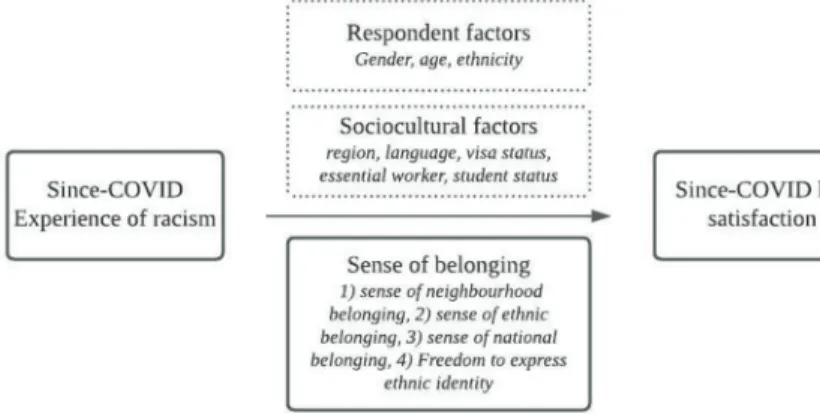
Social work in the age of disconnection
Overall, the book raises some significant questions about the use of technology in clinical social work settings and will be particularly useful for those who work closely with clients (in group or individual settings). An interprofessional framework is recognized throughout the book, encompassing psychology, family therapy, counseling and social work in mental health services. From the book's title, the focus is specifically on mental health trainees and supervisors, where a strengths-based approach is used for clinical supervision.
At the beginning of each chapter are “Chapter Objectives” which describe the purpose of “informing” and “engaging”. Several forewords were written by clinical surveillance colleagues in the United States. The first three chapters provide a foundation for strength-based approaches and their relevance to clinical supervision.
The definition of clinical supervision at this time required further clarification and its centrality in the workbook.
The strength-based clinical supervision workbook: A complete guide for mental
The author's foreword introduces the text as a workbook to help the supervisor and student work together and use a strengths-based approach throughout their journey together. Strengths-based approaches are given an excellent overview in Chapter Three, along with positive psychology and explanations of flow and grit; character strengths; wellbeing; happiness and psychological capital. A handy exercise is given to supervisors on how to conceptualize their own strength-based model.
The reader is reminded that using a strength-based approach allows us to search for “the best hope.” There is little discussion about how strength-based surveillance can be applied in relation to social justice, especially in relation to oppression and privilege – and there is often criticism of such an approach. Some good examples for the supervisor and trainee are provided of how feedback can be used effectively.
Although there is a particular clinical and contextual focus, the workbook provides a solid reminder of the value of a strengths-based approach to changing practice in supervision and has many practical gems for how it can be applied to novice supervisors and practitioners in other practice areas. .
The challenge of right-wing populism—
In Chapter 2, Jim Ife reworks his earlier article (Ife, 2018) to encompass the events of recent years and deepen his analysis of the relationship between neoliberalism and right-wing populism. Right-wing populism, building on the social discontent raging in neoliberal austerity regimes, threatens progressive policies, services and workplaces. Peter Westoby discusses the possibilities of building on the radical tradition of community development in social work as a means of countering right-wing movements.
Bob Pease explores the gendered nature of contemporary right-wing populism with a focus on strong ties to hypermasculine leadership and the targeting of women and hard-won feminist gains. Continuing her exploration of gender in populism, in Chapter 6 Carolyn Noble applies a feminist lens to the problem of right-wing populism. Chapters 10, 11 and 12 examine the impact of right-wing populism on welfare regimes in two contexts: Finland and Australia.
Goetz Ottmann studies social authoritarianism in Australia, while Edwards, Mendes and Flynn explore social chauvinism in right-wing politicians.

